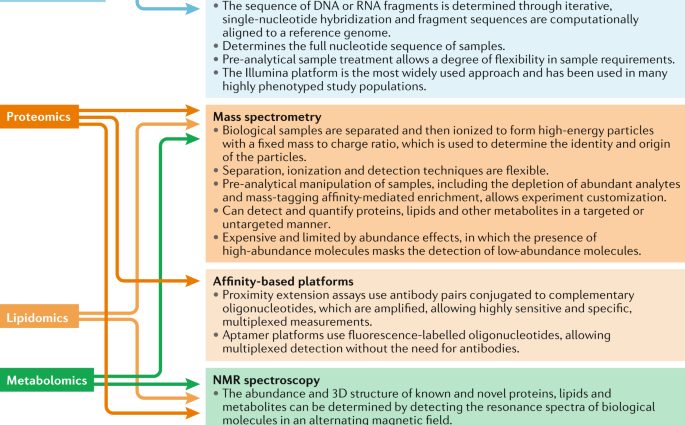Cardiac disorders (cardiovascular diseases): complementary approaches
The following measures are intended for people seeking to bảo vệ chống lại bệnh tim and those who already have a heart problem and are trying to ngăn chặn a recurrence. In the latter case, it is better to consult your doctor before taking a dietary supplement. The approach that offers the best results is lifestyle modification, as described in the Prevention and Medical Treatment sections. To find out about complementary approaches against hyperlipidemia, diabetes, hypertension and smoking, consult our fact sheets on these subjects. |
Phòng chống | ||
Dầu cá. | ||
Yoga. | ||
Ail, coenzyme Q10, pin maritime, polycosanol, vitamine D, multivitamines. | ||
Massage therapy, reflexology, relaxation techniques. | ||
Dầu cá. Fish oils have a beneficial effect on cardiovascular health, thanks to the omega-3 fatty acids they contain: eicosapentaenoic acid (EPA) and docosahexaenoic acid (DHA). They reduce the risk of myocardial infarction as well as recurrence, according to major epidemiological studies24, 25.
Liều dùng
- Cho người dân sức khỏe tốt : consume at least 500 mg of EPA / DHA per day, either by taking a supplement of fish oils, or by eating 2 to 3 meals of fatty fish per week or by combining the 2 intakes.
- Cho người dân with coronary artery disease : consume 800 mg to 1 mg of AEP / DHA per day, either by taking a fish oil supplement, or by eating fatty fish every day or by combining the 000 intakes.
- Refer to our Fish Oils fact sheet for dietary sources of EPA and DHA.
Yoga. A synthesis of studies indicates that the regular practice of yoga helps prevent cardiovascular diseases as well as their recurrence49. The various yoga exercises and postures have multiple effects: they reduce weight gain associated with age, lower total cholesterol levels and improve blood pressure control. It is better to make sure that the yoga instructor has the proper training. Also, inform him of his state of health in order to adapt the practice, if necessary.
Tỏi (Tỏi). It is often recommended that people with a previous cardiovascular event, or those who are at high risk, take garlic daily. The American Heart Association also includes garlic in its list of foods with a cardioprotective effect.26. Among other things, garlic would slightly lower blood cholesterol and triglyceride levels.
Coenzyme Q10. Results from clinical trials and case studies indicate that coenzyme Q10 may help prevent recurrence and the formation of atherosclerosis in people with a myocardial infarction28-30 .
Pin maritime (pinus pinaster). Taking a single dose of maritime pine bark extract (Pycnogenol®) would reduce platelet aggregation in smokers, an effect comparable to that of aspirin21, 22. At 450 mg per day for 4 weeks, this extract also helped reduce platelet aggregation in people with cardiovascular disorders.23.
Policosanol. Policosanol is a compound extracted from sugar cane. According to several clinical trials, policosanol may be useful in helping to prevent coronary heart disease. It would also help to increase the resistance to the effort of subjects who are affected by it.18. However, all of the studies were conducted by the same group of researchers in Cuba.
Vitamin D. Studies suggest that vitamin D helps protect against cardiovascular disorders46, 47. First, it inhibits the excessive proliferation of smooth muscles in blood vessels and opposes their calcification. Then, it lowers the production of pro-inflammatory substances while increasing that of anti-inflammatory substances. It also helps, indirectly, to regulate blood pressure.
Đa sinh tố. According to epidemiological studies19, 20 and the SU.VI.MAX clinical trial1, taking multivitamins does not appear to have an effect on the incidence of cardiovascular disease.
Massage trị liệu. Massages are a great help in releasing nervous tension and relieving muscle pain that often accompanies coronary heart disease and strokes.40. Consult our Massotherapy sheet to learn about the different types of massage.
bấm huyệt. Reflexology is based on the stimulation of reflex zones and points located on the feet, hands and ears, which correspond to organs of the body. It is a technique whose effects are both stimulating (energetically) and relaxing. According to some experts, reflexology has its place in the treatment of cardiovascular disorders, since it manages in some people to reduce the physical pain that often accompanies them.40.
Kỹ thuật thư giãn. They help relieve stress and negative tensions which not only hinder recovery, but also contribute to cardiovascular disorders.40. Several techniques have been proven: autogenic training, the Jacobson method, relaxation response, meditation, yoga, etc.
The American Heart Association suggests setting aside 15 to 20 minutes a day to relax. You can sit comfortably, breathe deeply and imagine peaceful scenes.
PasseportSanté.net podcast cung cấp thiền, thư giãn, thư giãn và hình ảnh trực quan có hướng dẫn mà bạn có thể tải xuống miễn phí bằng cách nhấp vào Thiền và hơn thế nữa. |










